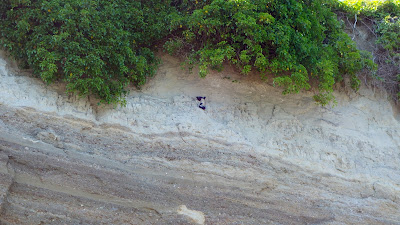Opened in the 1870's as a small boat builder called Anderson Shipyard, the Lake Washington Shipyard began it's legacy as a maritime center building early ferries and other craft.
 |
| Anderson Shipyard, 1900 |
The boatyard is located in Houghton near Kirkland, WA.
When the Locks were built the lake was lowered 9 feet but the shipyard adjusted it's docks knowing access to the Sound would bring more business.
 |
| Photo from Northwest Legacy (Jeremy Snapp) |
During the late 1930's the Mosquito Fleet were kept at the shipyard with an uncertain future. The Mosquito Fleet which includes the Virginia 5 was once the main way to move people around Puget Sound.
 |
| Photo from Northwest Legacy (Jeremy Snapp) |
In World War 2 the shipyard built several vessels to support the war. See the list on Wikipedia
In 1947 the shipyard was purchased and in 1960 it was closed. Today the former shipyards are now Carillon Point, a residential and commercial area with a marina.
Read more on the History Link
 1936 Aerial view |
The Mosquito Fleet images copied from the Northwest Legacy, Sail, Steam and Motorships, by Jeremy Snapp









